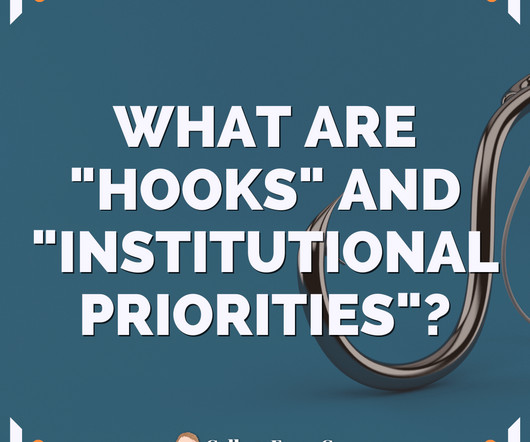La Familia: Five Ways Institutions Can Support Hispanic Families
Ruffaloni
OCTOBER 13, 2023
Hispanic families in the United States encounter various challenges stemming from a complex interplay of socioeconomic, cultural, and structural factors. Engaging Hispanic families can help you then engage prospective Hispanic students. Hispanic families experience higher levels of economic inequality compared to other ethnic groups.


































Let's personalize your content